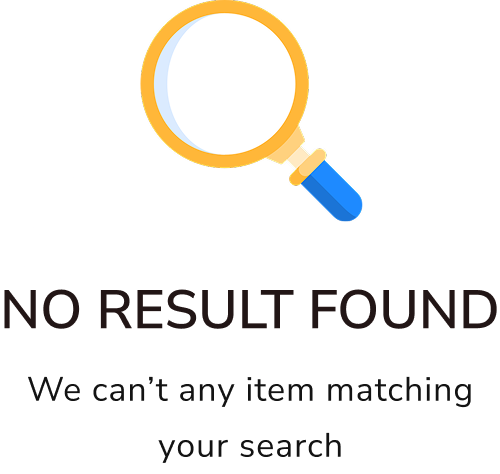In the dynamic landscape of the food industry, efficient order management in procurement and contracting is vital for ensuring seamless operations. This involves managing the purchase orders and contracts issued to vendors and suppliers, focusing on key elements such as order placement, tracking, fulfillment, and overall coordination. This process ensures that products and services are delivered per the agreed-upon terms and conditions.
Steps in the Order Management Process
Effective order management is a structured series of steps designed to maintain the smooth flow of procurement activities, minimizing any disruptions. Let's explore these crucial steps:
1. Order Placement
The first step is order placement, initiated by the procurement team once a vendor is selected and a contract is awarded. This involves creating and issuing purchase or work orders, outlining crucial details such as quantity, price, delivery dates, and specific terms or requirements.
2. Order Tracking
Order tracking is essential for monitoring the status and progress of each order. The procurement team ensures that orders are on track from initiation to fulfillment, aligned with the delivery schedule.
3. Order Fulfillment
Upon receiving the purchase order, the vendor begins the fulfillment process. This may include manufacturing, sourcing, packaging, and preparing the goods or services for delivery according to the specified requirements.
4. Order Confirmation
Vendors acknowledge receipt of the purchase order, confirming their acceptance of the order. This step serves as a mutual agreement between the buyer and vendor, ensuring the order process is underway as agreed.
5. Order Changes and Amendments
Sometimes, unforeseen circumstances or changing requirements necessitate amendments to the original order. The order management process accommodates these changes through a structured change management procedure, ensuring seamless updates to purchase orders or contracts.
6. Order Delivery and Receipt
The vendor delivers the goods or services as agreed. The buyer then receives the order, conducting inspections and quality checks to ensure compliance with the purchase order specifications.
7. Order Invoicing and Payment
Following delivery, vendors submit an invoice for the goods or services provided. The procurement team processes payments based on pre-agreed terms, verifying the accuracy of invoices and facilitating timely financial procedures.
8. Order Closure and Documentation
Finally, the order management process concludes with order closure, involving the archiving of all relevant documentation, such as purchase orders, invoices, and receipts for future reference, auditing, or legal compliance.
Benefits of an Efficient Order Management System
Effective order management is crucial for optimizing procurement operations in the food industry. It enhances transparency, streamlines vendor communication, tracks order progress, and ensures on-time delivery in compliance with agreed terms. By efficiently managing order lifecycles, organizations can strengthen vendor relationships, achieve procurement objectives, and maintain a competitive edge.
 PMG stands for Projects Management Group. We provide state-of-the-art Engineering Services to build world-class food processing factories.
PMG stands for Projects Management Group. We provide state-of-the-art Engineering Services to build world-class food processing factories.  Engineering is the difference between Chaos and Excellence. If you are going to do it, do it right.
Engineering is the difference between Chaos and Excellence. If you are going to do it, do it right.  Explore the diverse range of Products in the Food Processing Industry.
Explore the diverse range of Products in the Food Processing Industry.  Explore the technologies at the heart of the the Food Processing Industry.
Explore the technologies at the heart of the the Food Processing Industry. 


 Back
Back 



